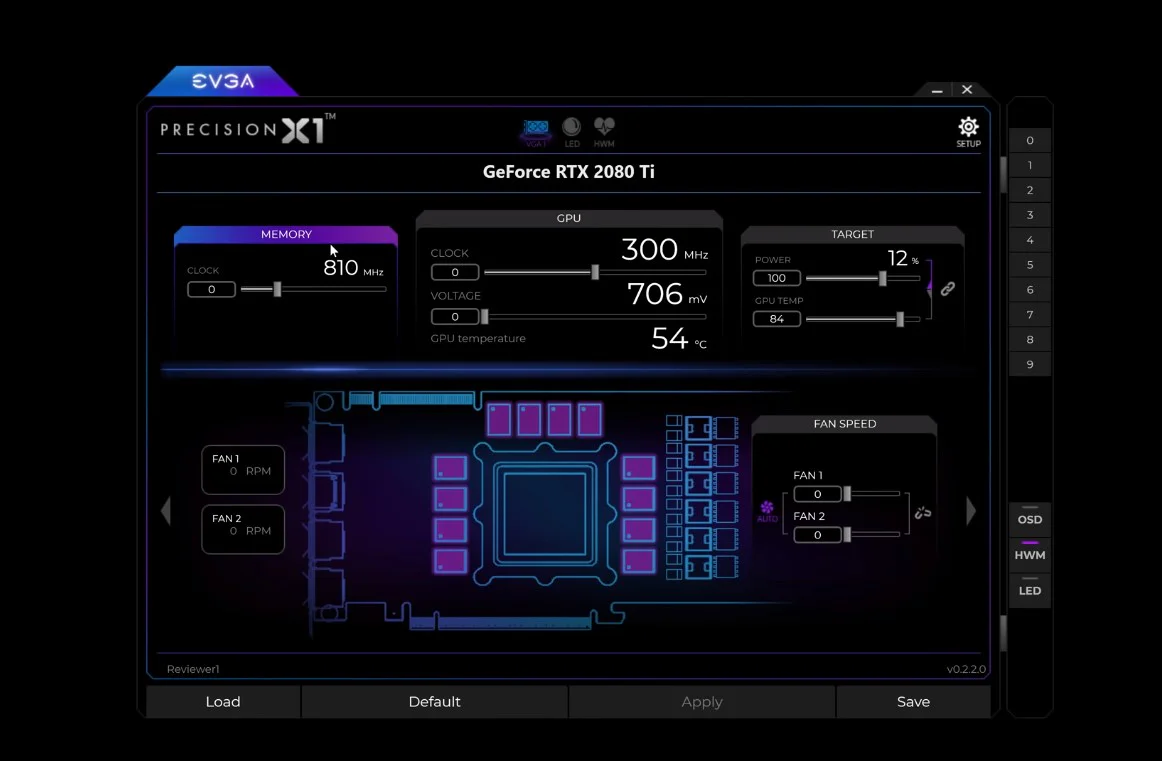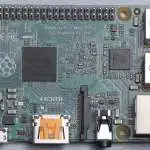EVGA updates Precision X1 to version 0.4.8.0, which adds a boost clock for optimum performance.
When you activate the boost lock feature, the frequency of the graphics card core is locked to the highest option. This will allow the user to overclock the display. It means, the overclock rate will become static, and the variable speeds past that point will be disabled.
However, the power-limit rate won’t be disabled even when you already cap the clock speed. The GPU will reach the specific frequency of the clock speed and any number lower than that. Gamers who frequently overclock will love this feature of the X1 version 0.4.8.0 because of the promised stability.
Instead of the variable clock speeds, you are locked at the desired frequency, which means precision. But no system is perfect.
One compromise you have to make if you trigger the X1 boost clock is power consumption. You can expect your battery life to drain faster. That’s a sore point among gamers who want to extend their gameplay as long as possible. A gaming platform that dies easily would certainly be annoying.
Meanwhile, Tom’s Hardware tested the new update on the Call of Duty: Black Ops 4 to determine the efficiency. Without first triggering the boost clock, the variable clock speeds are very apparent. They then activated the boost clock and locked the frequency at 1635MHz, the base value for the RTX 2080 Ti.
After which, they overclock it at 1755MHz and found that the speed stayed at that frequency during the test period. But the test also confirmed the high power consumption because the clock never strayed to idle.
The Precision X1 supports Windows 10 and Windows 8, as well as the RTX Series, GTX 10 and GTX 16. It comes with a new GUI that promises faster performance and ease of use. Supported EVGA cards will also enable wattage monitoring in real time. LED Sync feature allows it to link easily with other RGB components from EVGA. Also, voltage and frequency points are dynamically set for more control.
It also has an OC Scanner, which allows you to find the most stable overclock frequency. An on-screen display, meanwhile, will provide a quick diagnosis of the system as the vital numbers are shown. Finally, you can control the voltage, memory clock, and fan.







